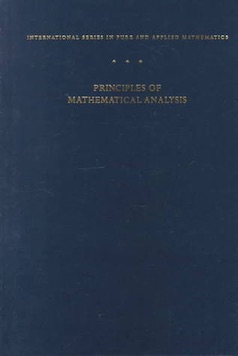Say you want to learn about sleep. You see two articles:
-
“Theory and practice of effective sleep”
-
“Seven insights about sleep”
Are you drawn to the second? I am. Of course, I hate myself for this because I’ve internalized the idea that lists are cheap and low-class. But I’m still drawn to them.
Arguably, list-hating is “correct” today in that most list-based articles are bad. But we’re in a weird equilibrium. SEO spammers long ago noticed that people liked lists, so they covered the web in list-puke. We’re now in a reactionary phase where “serious” people avoid the format.
But why do we like lists in the first place?
I think we like them because they’re an objectively good way to organize information. They allow readers to quickly and easily get what they want. I’d even claim: If you’re writing something and you don’t know how to structure it, a list should probably be your default choice.
Lists are appealing
Here’s a hypothetical essay (left), and the same thing structured into a list (right).
Somehow, the list is more attractive, even when there’s zero content. Why?
Lists promise value quickly
A normal essay promises a payoff only when you finish it. But lists promise at least some value almost immediately.
We don’t like to make big investments with unknown payoffs. After all, most writing isn’t useful to most people. Lists overturn that dynamic by getting to some point quickly. Then, people can decide if they want to invest more time.
This is rational, not something to bemoan. No one would begrudge an investor in a startup for taking a similar attitude.
Lists promise different types of value
A normal essay may be about just one thing. A list is clearly about many different things. Surely, we feel, at least one of them will be valuable. This reduces perceived risk.
Lists promise limited complexity
Say we drew arrows to represent the flow of ideas between paragraphs. We might get something like this:
A long blob of words can have any flow structure. A simple story might have only short links, while a philosophical text might be a tangled mess. It’s not obvious from looking at a document what the flow is.
It’s different in lists. They promise that whiles ideas can flow arbitrarily within an item, they don’t flow across items. This limits how long chains of arguments can get. It also limits “long arrows” or the need to remember context that wasn’t recently used. All of this means arguments in lists can’t get too hairy.
Lists promise many entrance points
In a normal essay, there’s only one way to read it that’s guaranteed to work: Start at the beginning and read every word until you get to the end. You can try jumping around, but if you get confused, caveat emptor, friend.
Lists are different. The format promises that you can jump to any of the sections and start reading without extra context. This makes it much easier to get the information that interests you.
A list is a contract between the writer and reader
Say you hate lists. You might think you can beat them at their own game. Something like, “I can write my usual towering paragraphs and still provide quick value and low complexity! I need not resort to the vulgarity of lists.”
OK, but there’s a problem. How will readers know your essay has those properties before they’ve read it? Are you going to use a dignified title like:
Theory and practice of effective sleep—modular low complexity quick value essay
Lists aren’t just good because they’re good. Lists are also good because they make a credible promise of specific kinds of goodness.
A list promises “list-tractability”

Say you pull out Baby Rudin and turn to the dominated convergence theorem on page 314:
The hell does this mean? It talks about “measurable functions” and the proof uses something called “Fatou’s Lemma”. If you look those up, you’ll see they use “measurable sets” and “σ-algebras” and “real numbers”. If you look those up… you might as well start at the beginning of the book.
That’s not because Rudin did a bad job. It’s because there ain’t no way to re-write mathematical analysis as a “list”.
When you do write a list, you are promising that you’ve figured out a way to cover your subject in that way without losing essential detail.
How to stop worrying
I claim lists are good because they give readers an easy and predictable interface. But you can’t use lists for every subject. So, the natural question to ask is, are other structures with similar advantages?
Some math books provide an explicit graph of the dependencies between chapters. Take, for example, the following from Helfgott’s book on the three-prime conjecture:
That’s admirable, but perhaps a wee bit overkill for an email or blog post. Are there other formats somewhere in the middle that would be practical for everyday writing? I can’t think of any.
So, say you’ve written something that feels ranty and disorganized. It’s often useful to retrospectively turn it into a list. Often, this will take a lot of reorganization. That’s good—it means you’re untangling your ideas.
And you don’t need to write things as a “pure” list. It’s fine to use other sections if you need them. If you still feel lame after all this effort, just give your piece a non-list title and leave the list items unnumbered. Probably no one will even notice what you’ve done.














